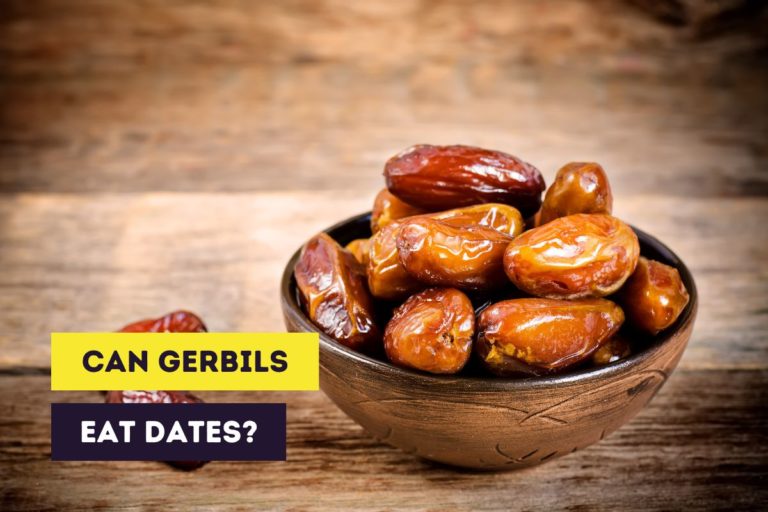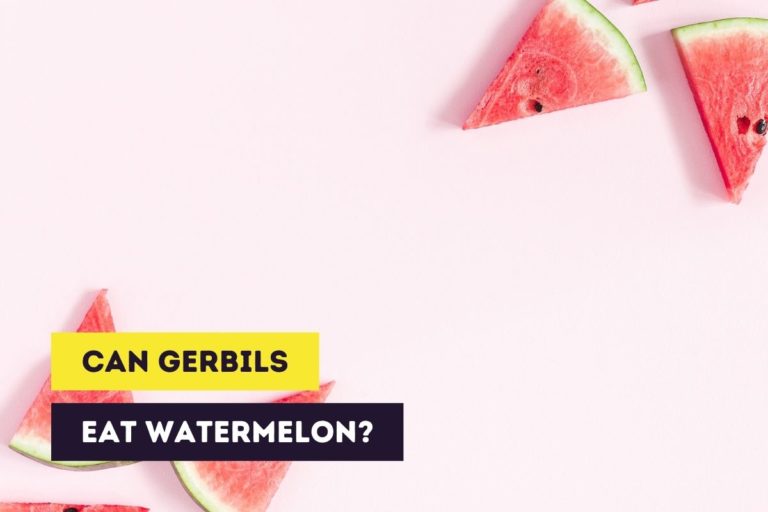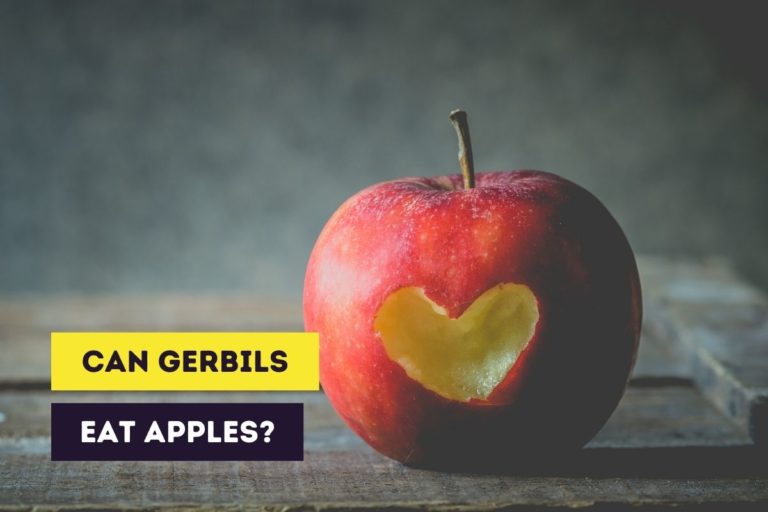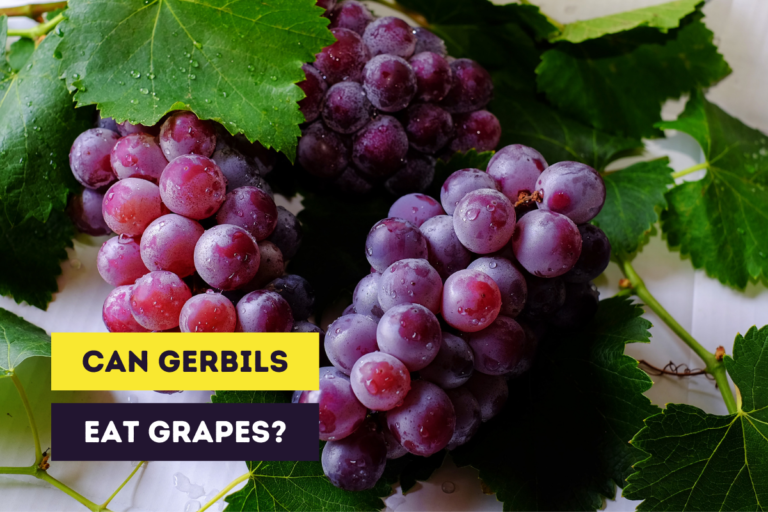Can Gerbils Eat Mangos? (Fresh, Dried and Dehydrated)
This site contains affiliate links to products we recommend and use ourselves. We may receive a commission for purchases that you make through these links. If you’re interested in learning more about our affiliate links, please visit our (affiliate) disclaimer.
Do Gerbils Eat Mangos in the Wild?
Gerbils live in arid regions and Mongolian gerbils are no exception. Mongolian gerbils live in grassland, shrubland, and desert areas and are used to living with only a limited amount of water.
The temperatures in the natural habitat of these gerbils can get up to 50 °C (122 °F), although usually, the temperatures are lower. Water is scarce in this region and you would think that mango trees wouldn’t grow well in this region.
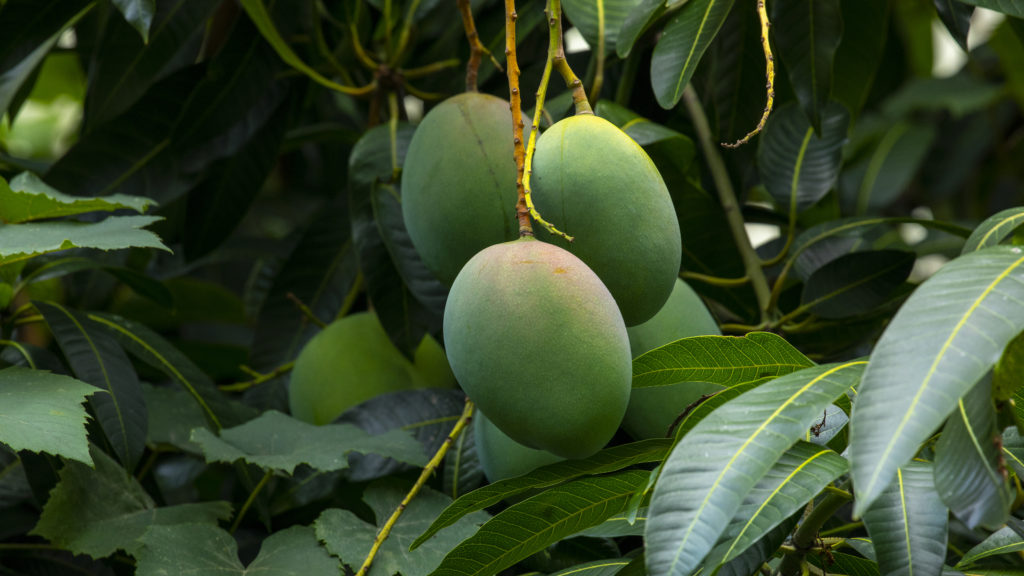
Mango trees need water to grow and the desert doesn’t have enough water or rainfall to sustain mango trees. Only an oasis can sustain them. Mango trees are best grown in tropical climates. The natural habitat of gerbils doesn’t fit this profile. This means that there are no mangos available in the natural habitat of gerbils.
Mongolian gerbils will eat seeds, roots, bulbs, and herbs. When they’re available, gerbils will also eat fruit and insects, depending on the time of year and their region. Mangos aren’t available to them but this doesn’t mean that a gerbil won’t try a mango if you leave it in its enclosure.
Nutritional Value of Mangos (Analysis)
You can find the nutritional value of mangos on FoodData Central, a database of the US Department of Agriculture. Below you can find the most important data:
| Nutrient | Amount (per 100 grams) |
|---|---|
| Water | 83.5 g |
| Protein | 0.82 g |
| Fiber | 1.6 g |
| Sugars | 13.7 g |
| Calcium | 11 mg |
| Magnesium | 10 mg |
| Phosphorus | 14 mg |
| Vitamin C | 36.4 mg |
Fiber
Gerbils have a very simple stomach and don’t have a well-developed cecum and colon. According to the book Nutrient Requirements of Laboratory Animals, this suggests that they are adapted to mostly eat low-fiber foods such as seeds.
Fresh mangos have 1.6% fiber per serving, while dried or dehydrated mangos have around 2.4% fiber per serving. These percentages are lower than the fiber content of seed mixes and pellets for gerbils.
Minerals
Gerbils are prone to seizures and there is an elevated risk when gerbils are fed a low-magnesium diet. However, according to a study from Harriman in 1974, this risk was eliminated when magnesium was added to the diet at 1.39 grams per kilogram. Magnesium also plays a role in preventing alopecia and weight loss. The recommended dietary magnesium concentration is 1.5 grams per kilogram, while the minimum is 1.0 grams per kilogram.
Mangos contain around 10 mg of magnesium per 100 grams, which equals 0.10 grams per kilogram. Most quality seed mixes and pellet diets will contain enough magnesium to keep your gerbils healthy. Mangos won’t do too much but can add a little bit of magnesium.
Vitamins
Mangos are rich in several vitamins and have a moderate concentration of vitamin C. Vitamins play an important role in keeping gerbils healthy and can prevent certain health issues.
Water
Gerbils don’t drink a lot of water, but they should always have access to water. They’re desert animals and can survive a long time without water. In captivity, you should provide fresh water daily.
A gerbil’s body isn’t adjusted to drinking a lot of water and mangos contain approximately 84% of water. So when you give too many mangos or give them too many times in a week, your gerbil can get health issues such as diarrhea.
Sugar
Fresh mangos contain around 14% sugar per piece and dried or dehydrated mangos even contain much more (65% or more). Gerbils aren’t used to eating many sugary foods and their sugar intake should be limited. Too much sugar is bad for your gerbil’s teeth and their body will have problems digesting it.
Calcium to phosphorus ratio of mangos
The calcium to phosphorus ratio is a ratio between two minerals. It’s vital for bone growth and bone health in humans and rodents. According to the book Nutrient Requirements of Laboratory Animals, the amount of calcium that gerbils need is 5.0g/kg diet and the amount of phosphorus is 3.0g/kg diet. Based on this data, the correct calcium to phosphorus ratio for gerbils is around [1.7]:[1].
A mango’s calcium to phosphorus ratio is [1]:[1.27], which is not a good ratio for gerbils. If you only use mangos as a treat, the ratio does have limited influence and the main diet will keep the ratio in check.
Can Gerbils Eat Mangos? (Feeding Instructions)
Based on the nutritional value of mangos, we can conclude that gerbils can eat mangos. However, they shouldn’t be the main diet and should only be given occasionally. Most herbs and vegetables are better alternatives to feed more regularly.
Now that you know that gerbils can eat mangos, we’re going to learn how many mangos they can eat and how many times a week you can give mangos to gerbils.
What kind of mangos can you give?
Mangos are edible fruit and you can find mangos almost anywhere in the world. You and your gerbils can eat them in different ways:
- fresh
- dried or dehydrated
Fresh, dried or dehydrated mangos
Fresh mangos are more popular than dried or dehydrated mangos, but they contain more water and less fiber per serving. Fruits high in water content can cause minor health issues, especially when too much is given.
Dried or dehydrated mangos go through a process where most water is removed from the mango. The result is a smaller piece of mango that looks wrinkled.
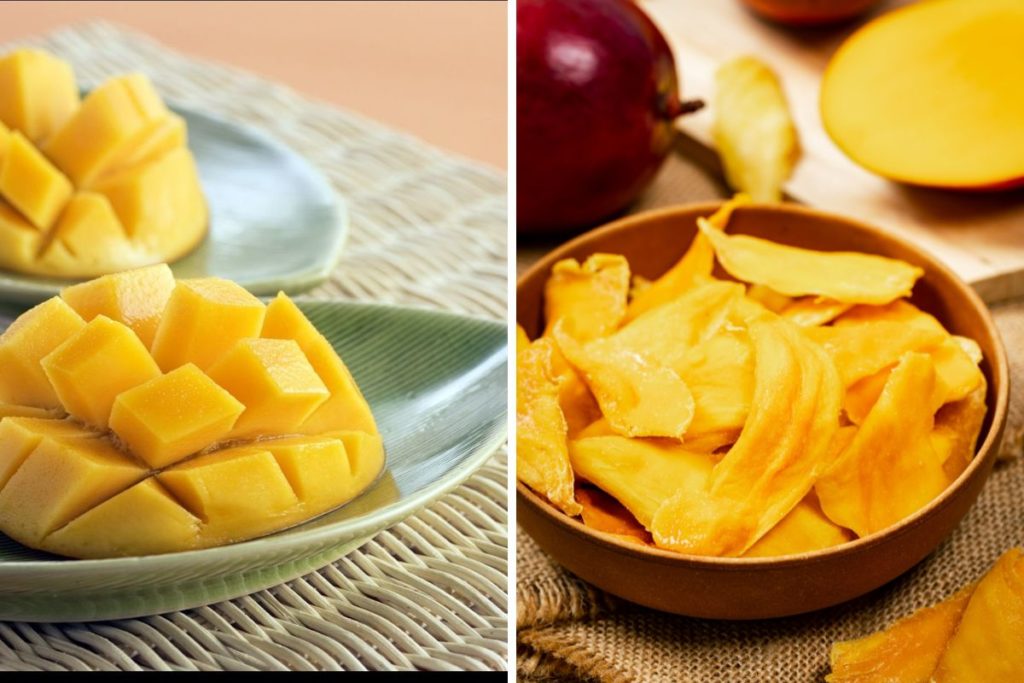
Dried or dehydrated mangos contain more sugar but less water. It’s not recommended to give dried or dehydrated mangos to gerbils but giving them as a treat occasionally won’t hurt your gerbil. If you do feed dried or dehydrated mangos, limit this to once a week or, even better, once a month.
You can buy dried and dehydrated mango (such as these tiny mango slices) or you can make them yourselves with a food dehydrator.
How many times can you give mangos?
Gerbils can eat small pieces of fresh mango once a week. Dried or dehydrated mango should be limited to only once every two weeks or once a month. If you give more than that, your gerbil’s diet can become unbalanced. Mangos contain a lot of water and sugar and can cause health issues.
How many mangos can you give?
Gerbils should only eat a small bite-sized piece (up to one teaspoon) of fresh mango per gerbil per serving. It’s not recommended to give dried or dehydrated mango because of its large percentage of sugar. But, if you give dried or dehydrated mango you should limit it to half a teaspoon.
Gerbils have a small stomach and giving too much mango might lead to your gerbil not eating its daily seed or pellet mix. This would be similar to eating only snacks the entire day and not having the appetite to eat a nutritional meal.
Want to Learn More?
If you’re interested in learning more about gerbils as pets, please read the following articles:
- Complete and illustrated gerbil diet guide
- Can gerbils eat fruit? (List of safe fruits to give)
- Can gerbils eat bananas?
- Can gerbils eat apples?
- Can gerbils eat grapes?
- Can gerbils eat strawberries?
- Can gerbils eat oranges?
If you’re interested in getting gerbils as pets, you should read our beginner’s guide to keeping gerbils as pets and our gerbil care guide.

